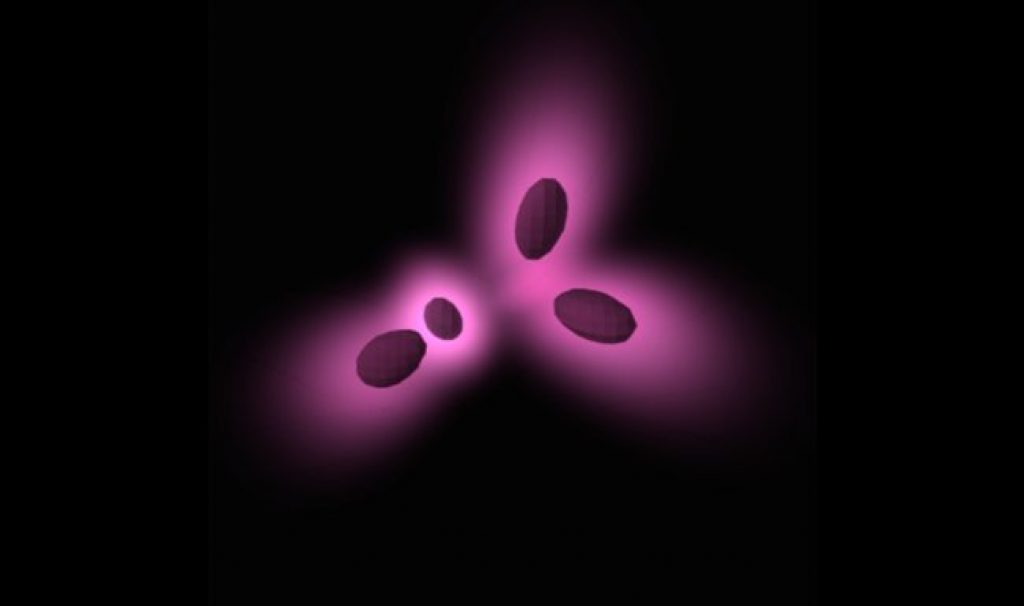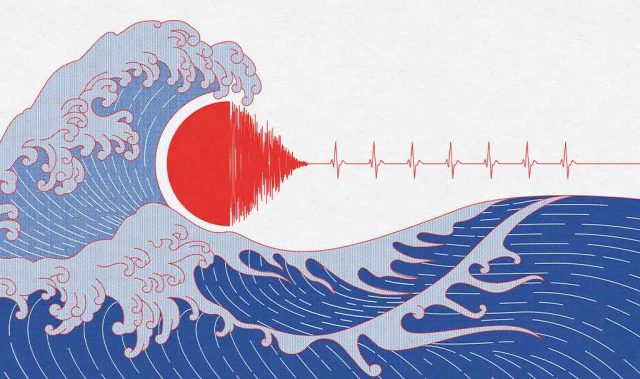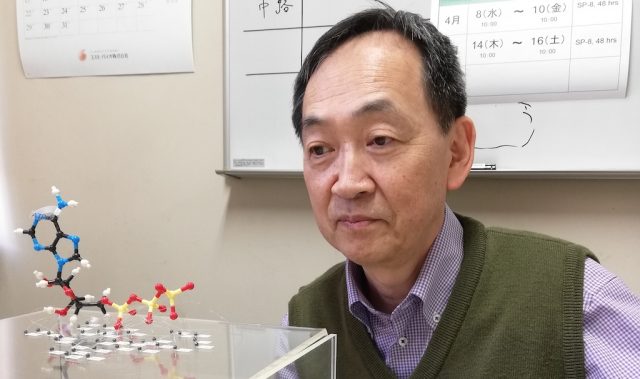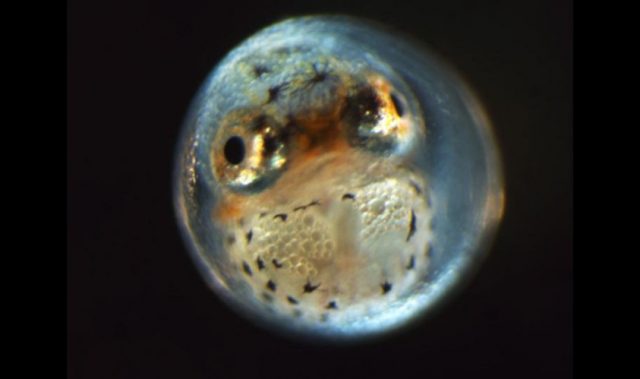
AsianScientist (Jan. 11, 2016) – Following the recent addition of four new elements to the periodic table, nuclear physics made headlines again as Japanese physicists announced the creation and discovery of the long-elusive tetraneutron particle. This research was published in Physical Review Letters.
Neutrons are surprisingly elusive particles and subjects of serious theoretical interest. They overcome the repulsion between protons to ‘glue’ the atomic nucleus together, as physicists have known for nearly a century now, and are thus crucial to understanding nuclear dynamics.
However, the lone neutron is unstable and takes only about fifteen minutes to decay into a proton. Furthermore, neutrons are not affected by electric and magnetic fields as they are electrically neutral, making them even harder to manipulate in the lab. Despite these experimental difficulties, neutron-neutron interactions are of great theoretical importance.
“Both very large atomic nuclei (where neutrons outnumber protons about three to two, on average) and neutron stars contain large clumps of neutrons, whose behavior remains very poorly understood,” explains Professor Susumu Shimoura, from the University of Tokyo Graduate School of Science.
The creation and discovery of multi-neutron states has attracted considerable attention in nuclear physics. In particular, the tetraneutron—four neutrons bound together, or temporarily bound in a metastable state—has been the subject of controversy, as various theoretical studies have disagreed on whether such a particle can even be formed.
“But now, our research group has demonstrated a method to produce and observe tetraneutron states, in collaboration with researchers at RIKEN and other institutions,” Shimoura continued. “We began by colliding a beam of oxygen ions with a beryllium target to produce a stream of highly unstable 8-helium nuclei, which were in turn directed at a second target of liquid helium.
“Whenever a pair of alpha particles was detected from these second collisions, simple counting dictated that four neutrons must have been left behind—but were they bound to each other as a single particle, or had they simply flown off in separate directions as debris?”
To answer this question, the researchers measured the energy of the emitted alpha particles, and confirmed that on many occasions the remainder of the energy could not have been enough to permit the neutrons to fly off independently. This confirmed that the four neutrons left behind were indeed bound into a tetraneutron particle.
The discovery of the tetraneutron raises important questions for nuclear physics. In particular, many theorists have proposed that it would require nuclear interactions between three or four particles simultaneously, instead of just acting between pairs of particles, which would require serious changes to our current understanding of nuclear forces.
Other possibilities—such as the tetraneutron as a loose bundle of smaller, more tightly-bound clusters—are being investigated, each of which would make different predictions for future experiments on the tetraneutron. In conclusion, this discovery sheds new light on nuclear science, and shows us that we still have much to learn about the humble neutron.
The article can be found at: Kisamori et al. (2015) Candidate Resonant Tetraneutron State Populated by the 4He(8He,8Be) Reaction.
———
Copyright: Asian Scientist Magazine; Photo: Susumu Shimoura/University of Tokyo.
Disclaimer: This article does not necessarily reflect the views of AsianScientist or its staff.












